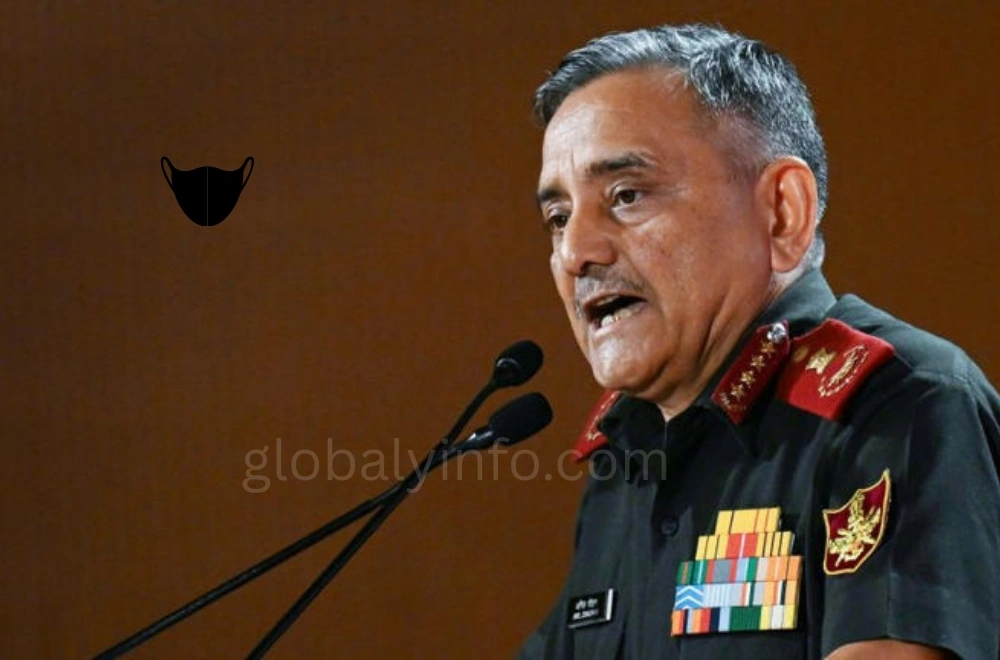New Delhi, May 29, 2025 – For the first time since the brief but intense military confrontation with Pakistan earlier this month, India has acknowledged losing fighter jets in aerial engagements, though officials have refused to disclose the exact number or types of aircraft downed.
The conflict, which brought the two nuclear-armed neighbors to the brink of all-out war, saw the largest aerial dogfight since World War II, involving over 125 fighter jets from both sides. The clashes resulted in dozens of civilian casualties due to cross-border shelling and drone strikes before both nations stepped back from further escalation.
Pakistan’s Claims vs. India’s Response
Pakistan’s military had initially claimed to have shot down six Indian jets, including three French-made Rafale fighters, during the early stages of the conflict. However, India has now partially confirmed its losses while dismissing Islamabad’s figures as exaggerated.
General Anil Chauhan, India’s Chief of Defence Staff, admitted that the Indian Air Force (IAF) suffered initial setbacks but emphasized that tactical adjustments were quickly made.
“What is important is… not the jet being downed, but why they were being downed,” Gen. Chauhan told Bloomberg TV on the sidelines of the Shangri-La Dialogue in Singapore. He called Pakistan’s claim of downing six Indian jets “absolutely incorrect.”
However, he revealed that after analyzing early failures, the IAF revised its tactics and resumed large-scale operations.
“We went back on the 7th, 8th, and 10th [of May] in large numbers to hit air bases deep inside Pakistan, penetrated all their air defences with impunity, and carried out precision strikes,” he said.
India’s Counterstrikes and Pakistan’s Damage Control
India has previously stated that its missile and drone attacks targeted at least eight Pakistani airbases, including one near Islamabad. Some strikes reportedly occurred near Pakistan’s nuclear facility in Kirana Hills (Punjab province), though Indian officials insist the facility itself was not directly hit.
“Most of the strikes were delivered with pinpoint accuracy, some even to a metre, to whatever was our selected mean point of impact,” Gen. Chauhan said.
Pakistan, meanwhile, has denied losing any aircraft but admitted that some of its airbases suffered minor damage.
Nuclear Fears and Rationality in Conflict
Despite the intensity of the clashes, both Indian and Pakistani military leaders have downplayed fears of nuclear escalation.
“I think there’s a lot of space before that nuclear threshold is crossed, a lot of signalling before that,” Gen. Chauhan said. “There’s a lot of space for conventional operations, which has been created, and this will be the new norm.”
He praised the rationality displayed by both militaries, suggesting that concerns over nuclear miscalculation were overblown.
“It’s my personal view that the most rational people are people in uniform when conflict takes place,” he added. “During this operation, I found both sides displaying a lot of rationality in their thoughts as well as actions.”
How the Conflict Began
The military escalation was triggered by an April 22 terrorist attack in Indian-administered Kashmir, which killed 26 people, mostly Hindu pilgrims. India blamed Pakistan-backed militants and launched retaliatory airstrikes on alleged militant hideouts in Pakistan and Pakistan-administered Kashmir.
Islamabad denied involvement and demanded an independent investigation, but the situation rapidly deteriorated into cross-border shelling, aerial dogfights, and missile strikes.
Casualty Figures (Disputed)
- India’s Claims:
- Over 100 militants killed in initial strikes.
- 35-40 Pakistani soldiers killed in border clashes.
- Pakistan’s Claims:
- 11 soldiers and 40 civilians dead.
- A Pakistani minister alleged 40-50 Indian soldiers were killed.
Ceasefire and US Role
The four-day conflict ended after backchannel talks between Indian and Pakistani national security advisers led to a ceasefire agreement.
While former US President Donald Trump claimed credit for brokering the truce, Indian officials have privately dismissed the notion that his intervention was decisive.
Conclusion: A New Era of Military Posturing?
The May 2025 clashes mark the most severe military confrontation between India and Pakistan in decades. While both sides have avoided full-scale war, the conflict has set a dangerous precedent for future standoffs.
With India now admitting to aircraft losses—while insisting on its ability to strike deep inside Pakistan—the episode underscores the volatile nature of Indo-Pak relations and the ever-present risk of escalation in South Asia.
Key Takeaways:
- India confirms losing jets but disputes Pakistan’s claims.
- Precision strikes targeted Pakistani airbases, some near nuclear sites.
- No nuclear escalation occurred, with both sides emphasizing rationality.
- Ceasefire brokered via backchannel talks, despite Trump’s claims.
As tensions simmer, the world watches closely to see if diplomatic channels can prevent another near-war scenario in the future.
